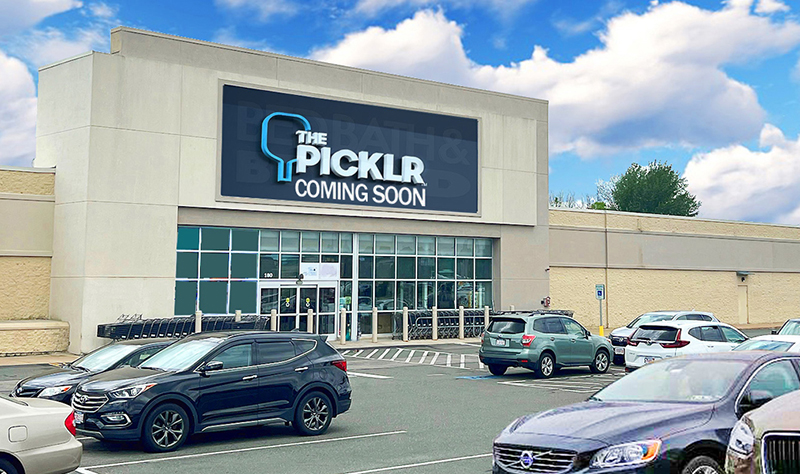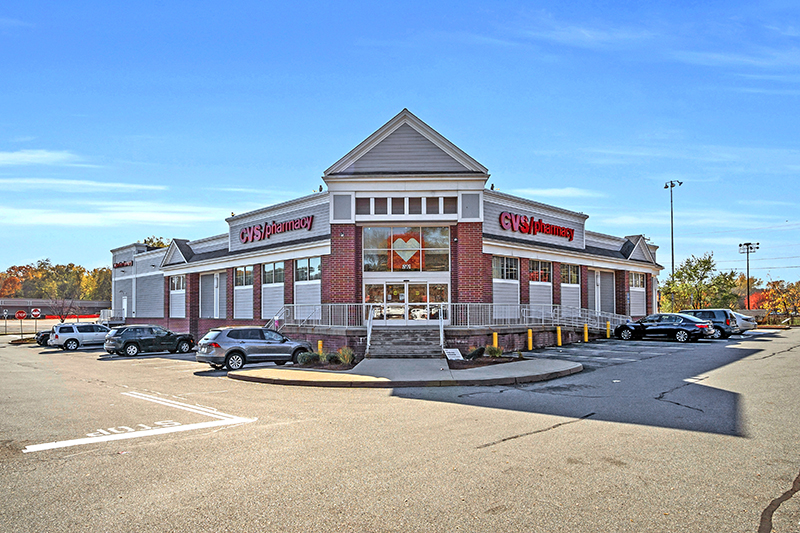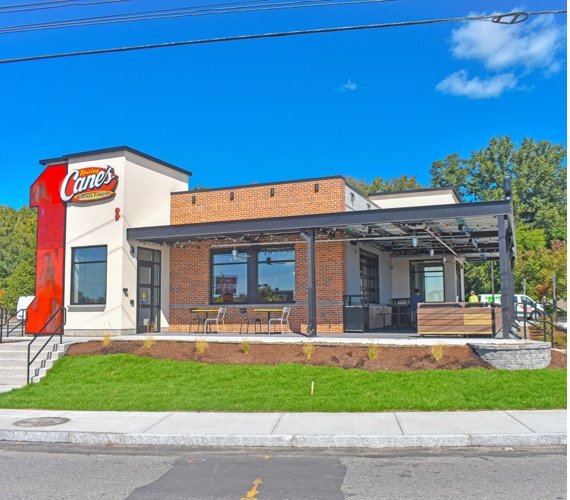News: Retail
Posted: November 28, 2014
EB-5 has become the hottest source of alternative funding for Commercial Real Estate projects
An ever-increasing number of real estate developers are turning to EB-5 as a low-cost source of capital for their development projects. The EB-5 program requires interested foreign nationals to invest in specific job-creating enterprises, and if the investment is successful in meeting the requirements set by the United States Citizenship and Immigration Services, then the immigrant can become a permanent resident and ultimately, a U.S. citizen, if he or she chooses that path. Because of the fact that EB-5 is first and foremost an immigration program, most prospective investors are seeking a successful immigration objective first and are willing to take a lesser financial return on their investment.
The EB-5 (Employment Based 5th Category) program was established by Congress in 1990 as a method of bringing in foreign capital and creating jobs domestically. Each foreign national who seeks permanent resident status in the U.S. must invest $1 million into a project that creates at least 10 full-time jobs in return for a Green Card (the investment amount is reduced to $500,000 if the jobs are created in a Targeted Employment Area - areas that are rural or where unemployment is at least 150% of the national average). It is important that the investment remain at risk throughout the entire immigration petition process, since there can be no guarantee of any financial return of the investment or even a successful immigration result. A recently commissioned comprehensive economic impact study found that from 2010-2011, EB-5 investments contributed $2.2 billion to U.S. GDP and supported over 28,000 jobs. In 2012 alone, this increased to a $3.39 billion U.S. GDP contribution with over 42,000 U.S. jobs supported.
Relatively obscure for most of its history, EB-5 started to gain momentum after the financial crisis of 2008. Use of the program has grown so rapidly in the last few years that many now consider it a mainstream source of capital. In fact, EB-5 capital is being used today in many marquis projects by some of the top developers all over the country.
Recent high profile projects that have received national media attention, such as the new Las Vegas SLS Hotel & Casino, New York's Hudson Yards, and Seattle's Stadium Place, have all benefitted from the use of EB-5 funds.
While EB-5 capital has the benefit of being relatively low cost compared to other sources of funding, there are significant complexities that must be understood before pursuing investors. Some important considerations include:
* Offering Type: An EB-5 project can use either a Direct or a Regional Center Investment model. Choosing one model over another may be influenced by the amount of money needed through the EB-5 raise and the timeline to having the cash available.
* Offering Structure: EB-5 investments can be structured as either debt or equity. Debt is the most common model used and is of appeal to some foreign investors because of its clearly defined exit strategy. Equity models can also be successful, and may be a better fit for certain offerings.
* Job Creation Plan: Each investor's immigration result is dependent on proving satisfaction of the job creation requirements. Because different offering types have different rules regarding direct, indirect, and induced job calculations, accurately determining the manner in which jobs are counted and which jobs are eligible should only be handled by a qualified economist.
* Marketing Plan: An EB-5 capital raise usually needs an effective marketing effort. EB-5 offerings are considered securities, and thus SEC regulations apply. In some cases, exemptions from SEC regulations may be applicable.
Determining eligibility for exemption and ensuring that the marketing of offerings remains in compliance with the rules requires a significant amount of planning and focus. In addition, the marketing plan needs to be tailored to each individual country. Internationally, there are different legal systems and cultural norms that need to be followed for the best chance of success.
* Operational/Administrative Plan: The U.S. immigration system is complex, and involves many steps, which usually take several years to complete. EB-5 always has the element of foreign investment which differs from many other funding sources. Compliance with U.S. immigration and securities laws requires detailed reporting and specialized administration in order to successfully carry out an EB-5 project. An administrative error in the process may not only result in lost funds, but can also result in deportation for the investor and his/her family. Significant due diligence is required to choose and implement the right systems and procedures to maximize the opportunity for success.
Before trying to tackle all of this on your own, it is best to start by assembling a team of EB-5 experts. The typical team consists of a corporate/securities law firm, an Immigration law firm, an EB-5 business plan writer, an economist, and an escrow/fund administrator. Given the complexities of the EB-5 program, selecting team members with EB-5 specific experience is absolutely critical.
NES Financial is a good partner to start with. The company is the leading provider of escrow and fund administration services in the country. Their suite of EB-5 Solutions has been deployed for single investor projects of $500,000, up to projects with $1 billion in EB-5 capital. All told, NES Financial has been engaged on more than 250 EB-5 projects representing over $10 billion in capital. As such, NES Financial has been involved with more EB-5 projects than any other stakeholder in the industry. Although the company specializes in solutions that meet the operational challenges of EB-5, it can be a great resource to help make referrals and pull a team together for your specific project needs.
Reid Thomas is the executive vice president of NES Financial, San Jose, CA.
Tags:
Retail
MORE FROM Retail
Mace of KeyPoint Partners negotiates 36,192 s/f lease for The Picklr at Endicott Square
Danvers, MA KeyPoint Partners (KPP) negotiated a lease with the nation’s premier indoor pickleball venue The Picklr at Endicott Sq. Vice president of retail brokerage Don Mace negotiated the transaction on behalf of the landlord.




.jpg)



